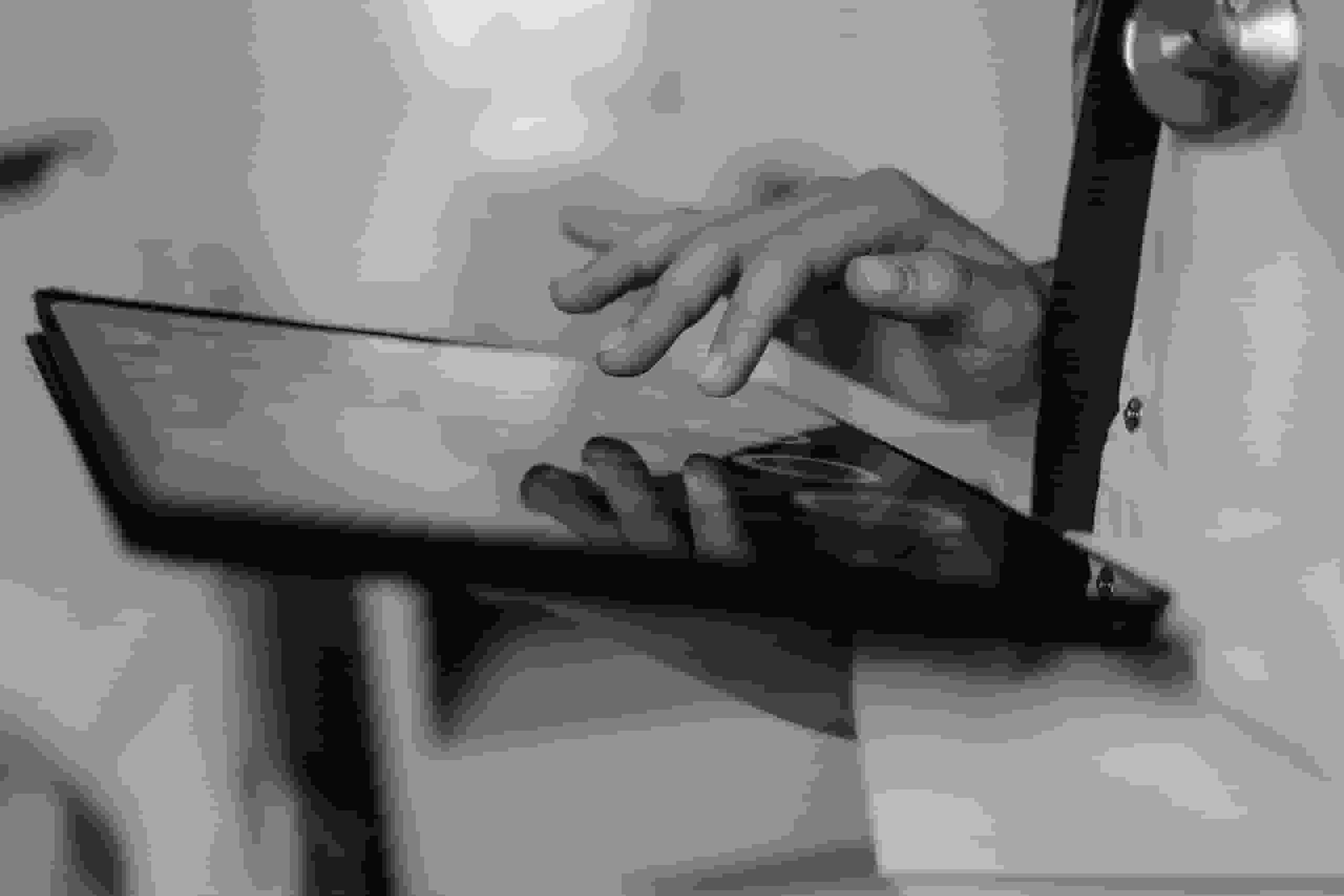
According to prospective research from Wuhan, China, more than a third of patients hospitalized for severe COVID-19 disease showed persisting lung abnormalities on chest CT scans two years later.
Significantly, the proportion of non-fibrotic ILAs (interstitial lung abnormalities) declined from 31% to 19% to 16% during the course of the study, whereas fibrotic ILA remained constant at 23%, according to the authors of a study published in Radiologyopens in a new tab or window.
Chest CT Scans Reveal Lung abnormalities In COVID-19 Patients
Qing Ye, M.D., and Heshui Shi, M.D., Ph.D., of Tongji Medical College of Huazhong University of Science and Technology in Wuhan, China, and colleagues set out to evaluate persistent lung abnormalities in patients up to two years after COVID-19 pneumonia.
They also investigated the relationship between persistent pulmonary abnormalities and changes in lung function.
One hundred forty-four patients (79 men and 65 women, median age 60) were included who were discharged from the hospital after being infected with SARSCoV-2 between January 15 and March 10, 2020.
Three serial chest CT scans and pulmonary function tests were performed six months, 12 months, and two years after the onset of symptoms.
Persistent lung abnormalities following hospital release included fibrosis (scarring), thickness, honeycombing, cystic alterations, bronchi dilation, and more.
Over the course of two years, the occurrence of lung anomalies significantly decreased. 54% of patients had lung problems after six months.
Approximately 39% (56/144) of patients had lung abnormalities on two-year follow-up CT scans, with 23% (33/144) having fibrotic lung abnormalities and 16% (23/144) having non-fibrotic lung abnormalities. The remaining 88 cases (61%) were free of anomalies.
Respiratory Disease Symptoms

Individuals with CT-identified lung anomalies were more likely to develop respiratory symptoms and poor lung function. The proportion of people experiencing respiratory symptoms reduced from 30% after six months to 22% after two years.
The most common respiratory symptom at a two-year follow-up was exertional dyspnea or shortness of breath (14% [20/144]), while mild and moderate pulmonary diffusion-; which refers to how well the air sacs in the lungs deliver oxygen to and remove carbon dioxide from the blood in the tiny blood vessels that surround them-;were seen in 29% (38/129) of patients.
When the lung’s diffusing capacity for carbon monoxide was less than 75% of the expected value, pulmonary diffusion was considered abnormal. The experts believe that the patient’s continued lung injury may be causing persistent lingering symptoms and aberrant lung function.

